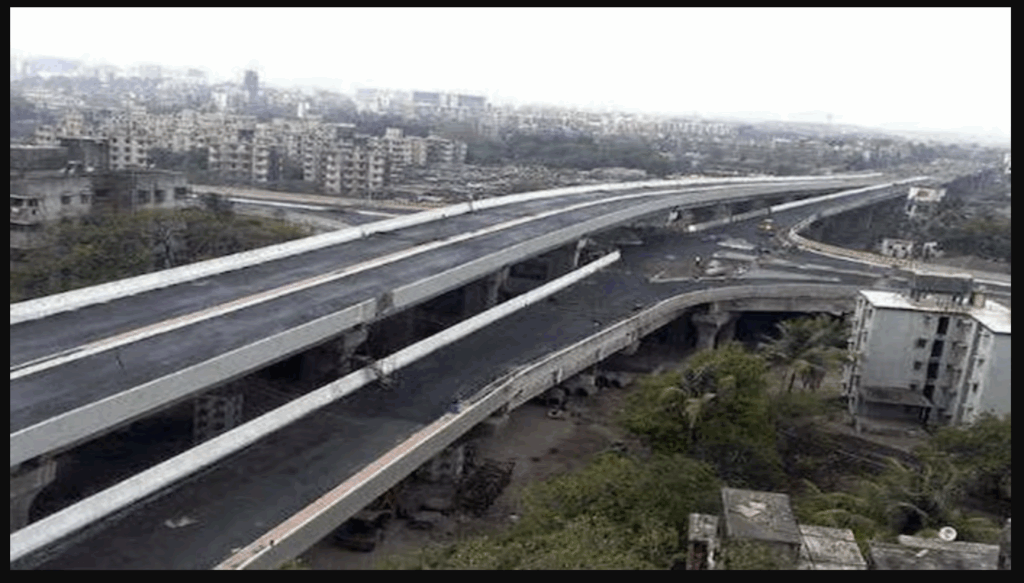The upcoming double-decker flyover project in the Mumbai Metropolitan Region will feature a four-lane road on the lower deck and metro rail tracks on the upper deck — a design aimed at easing congestion and boosting connectivity.

How Will the Flyover Link Major Corridors?
According to official documents accessed by HT, the flyover will connect to key infrastructure projects, including the Airoli-Katai Freeway at Katai Naka and the Virar-Alibaug multi-modal corridor located just beyond it. The upper deck metro line will intersect with multiple junctions, enhancing regional transport links across the Mumbai Metropolitan Region.
Authorities are also factoring in the alignment of the Mumbai-Ahmedabad bullet train while preparing the detailed project report, ensuring that all transport systems in the area integrate seamlessly.
Construction Challenges Ahead
The double-decker flyover will cross railway tracks at two critical points — near Katai Naka and Patri Pul in Kalyan. Officials have acknowledged that construction at these sites could be challenging due to the high frequency of both local and long-distance trains on the busy Central Railway line.
Experts suggest that building over such active tracks will require advanced coordination between railway authorities and project contractors, potentially extending construction timelines and safety measures.
Despite these hurdles, the project promises a significant upgrade to Mumbai’s transportation landscape, offering smoother vehicular flow and better metro connectivity across key growth corridors.
Summary
Mumbai’s new double-decker flyover will feature a four-lane road below and metro tracks above, connecting major routes like the Airoli-Katai Freeway and Virar-Alibaug corridor. The project will align with the upcoming bullet train line, though construction may face hurdles at railway crossings in Kalyan. Once completed, it will transform regional connectivity.

